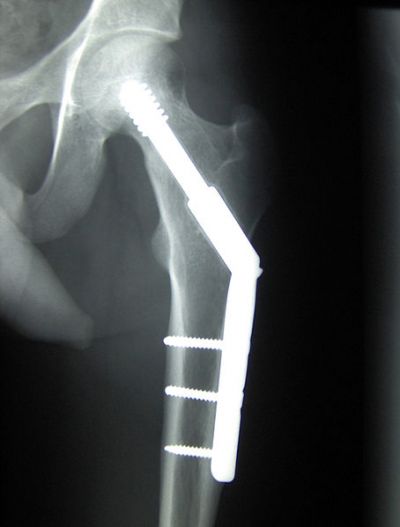The 'Bioceramics for bone repair' (BIOBONE)
project supports the design and development of new materials, with
exciting new processing techniques being developed for their
implementation. This research will also formulate regulations that can
effectively control new products in the market.
BIOBONE provides multidisciplinary training that combines advanced
tools and knowledge with academic and industrial experience. The goal is
to develop professionals that will play a pivotal role in pushing
forward this highly competitive, knowledge-intense field for the coming
decades. These professionals will allow Europe to reach and maintain a
leading role in an area of health care with large economic implications.
The project is a Marie Curie Initial Training Network (ITN) for
young researchers in the strategic area of bioceramics for bone repair.
Researchers have been recruited to participate in the training.
Individual research work and the deliverables are on schedule with good
progress being made. All scientists working in nine European
institutions and/or companies are involved in guiding their research
fellows.
Milestones achieved include a basic technique for fabricating
bioactive glass scaffolds. These are based on the traditional foam
replica method that has already been developed. Hydrothermal degradation
was studied on an alumina–zirconia system with several dopants,
including ceria, and has showed promising results. A sub-project is
working on guidelines on where the modelling should focus.
Several methods such as surface modification, surface nitriding,
grinding the surface and sandblasting were applied to improve the
resistance to low temperature degradation in Zirconia. A protocol has
also been studied for blasting and acid etchings.
The cell culture model aims at testing the osteogenic potential of
biomaterials (provided by the consortium partners) with modified surface
properties. Cell proliferation, mineralisation and cell differentiation
on the surfaces is analysed at regular time intervals. The research
work on chemical modification of the silicon surface with a thin film of
hydroxyapatite is in progress.
With the development of materials that are tolerated
physiologically, research emphasis has now shifted to the use of ceramic
materials that interact with bone tissue.
 EN
EN  CS
CS DE
DE ES
ES FR
FR HU
HU IT
IT PL
PL PT
PT РУ
РУ SK
SK TR
TR УК
УК AR
AR 中文
中文







